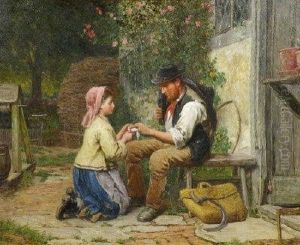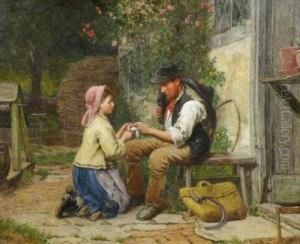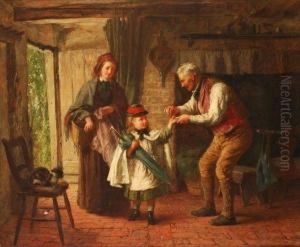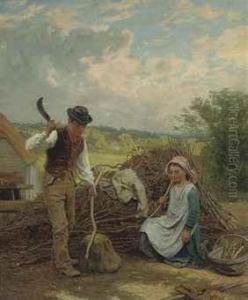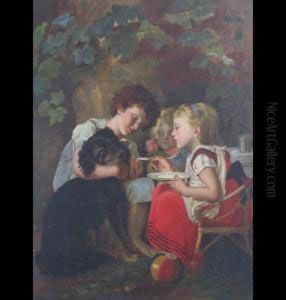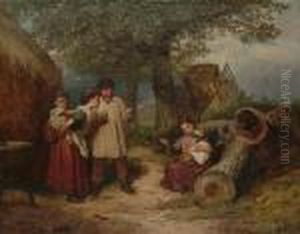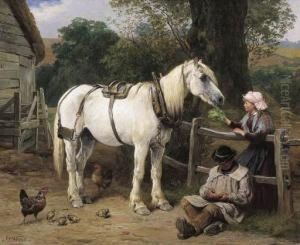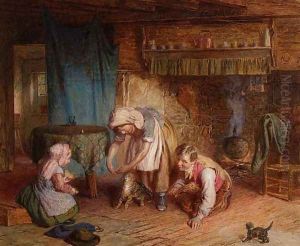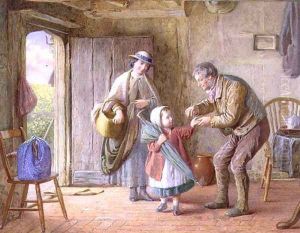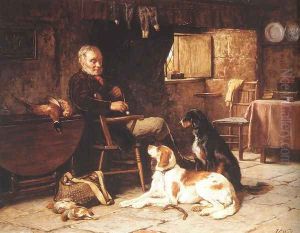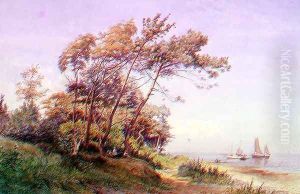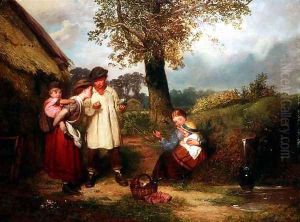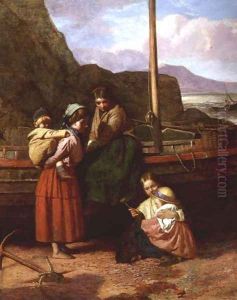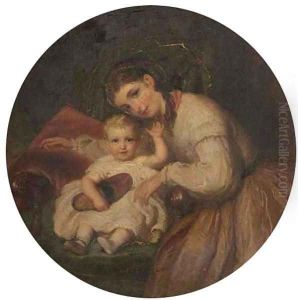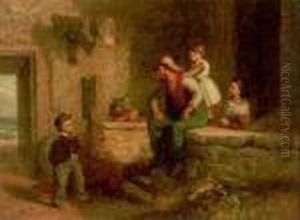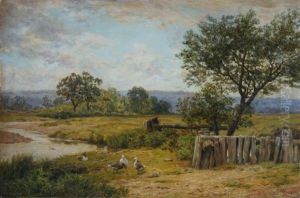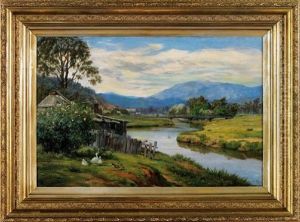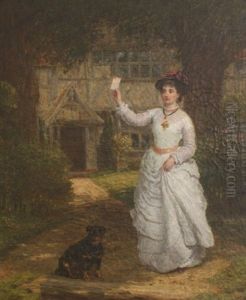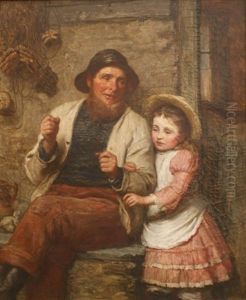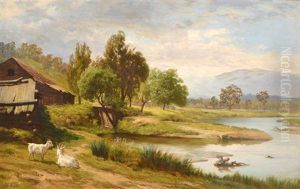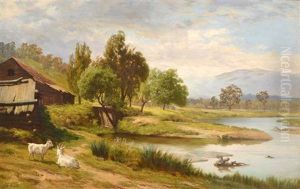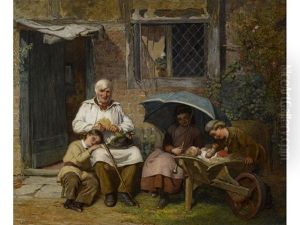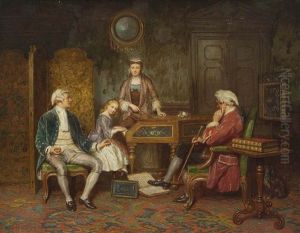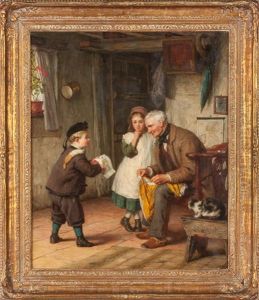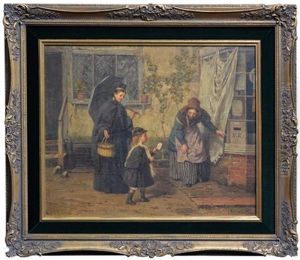James Clarke Waite Paintings
James Clarke Waite was an American artist known for his landscape and marine paintings. Born in Troy, New York, in 1832, Waite developed an early interest in art and pursued it as his life's work. He studied art in Europe, which was a common practice among American artists in the 19th century, seeking to refine his skills and gain exposure to the rich artistic traditions of the Old World. During his time in Europe, Waite was influenced by the works of the Old Masters and the contemporary artistic movements of the time.
After returning to the United States, Waite established himself as a professional painter. His works often depicted the natural beauty of the American landscape, with a particular focus on marine scenes. He was known for his ability to capture the intricate details of his subjects, whether it was the serene waters of a quiet harbor or the rugged beauty of a coastal scene.
Throughout his career, Waite exhibited his work at various institutions and gained recognition for his artistic talents. His paintings were showcased at the National Academy of Design and the Brooklyn Art Association, among other venues. Waite's art has been appreciated for its technical skill and its evocative representation of the American environment.
James Clarke Waite's contribution to American art history is significant, as he was part of a generation of artists who helped to establish a uniquely American voice in the fine arts. His works are held in private collections and museums, allowing contemporary audiences to appreciate his vision of America's landscapes and seascapes.
Waite's life was one dedicated to the pursuit of artistic excellence, and he continued to paint until his death in 1917. His legacy lives on through his paintings, which continue to be studied and admired for their beauty and historical significance.

